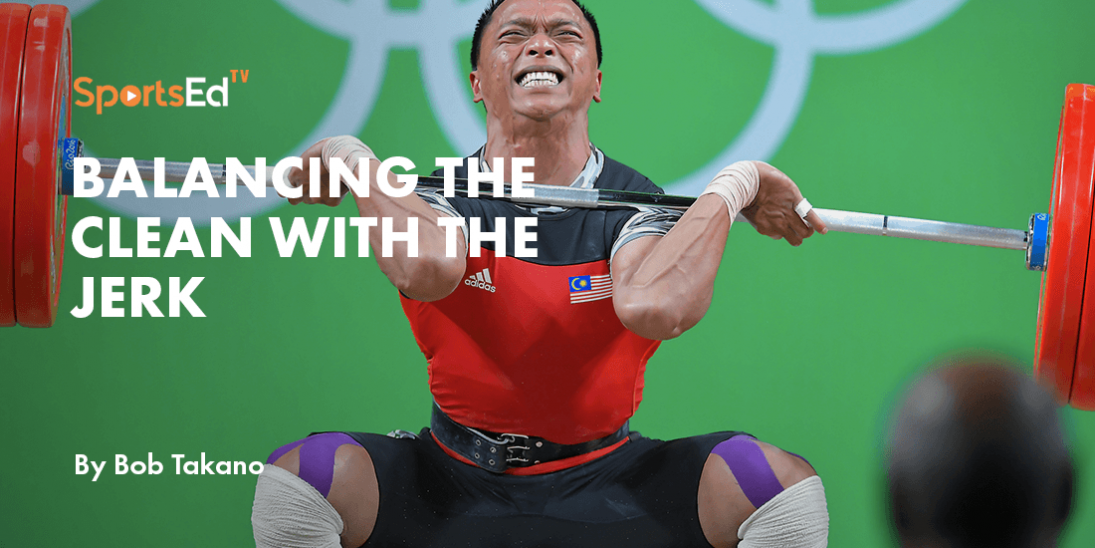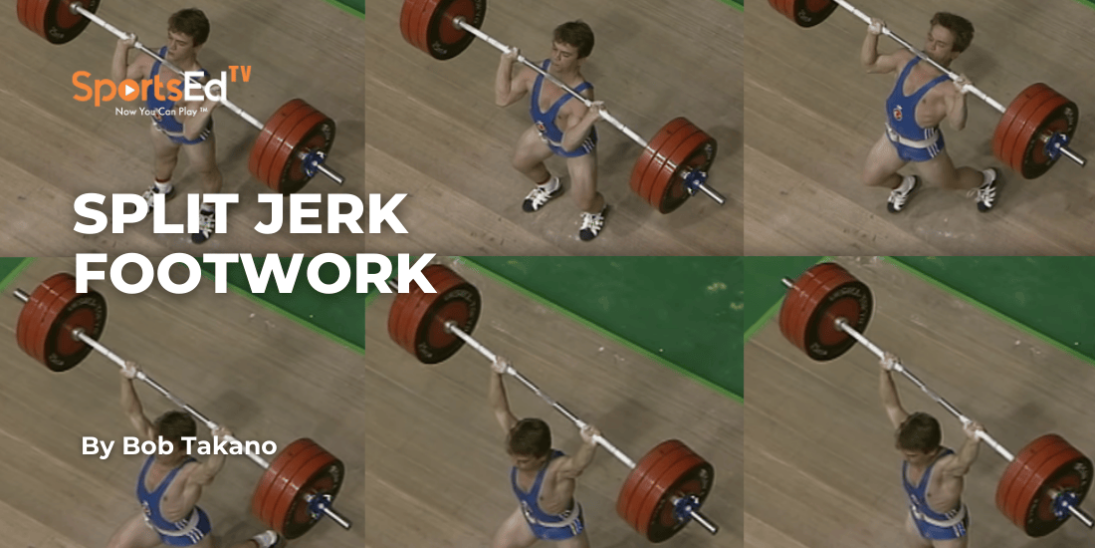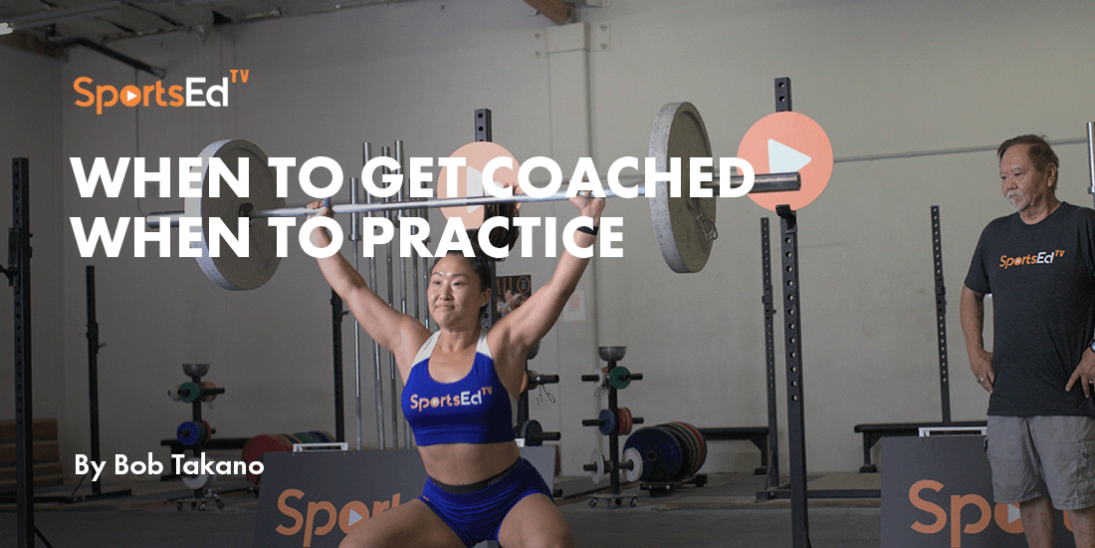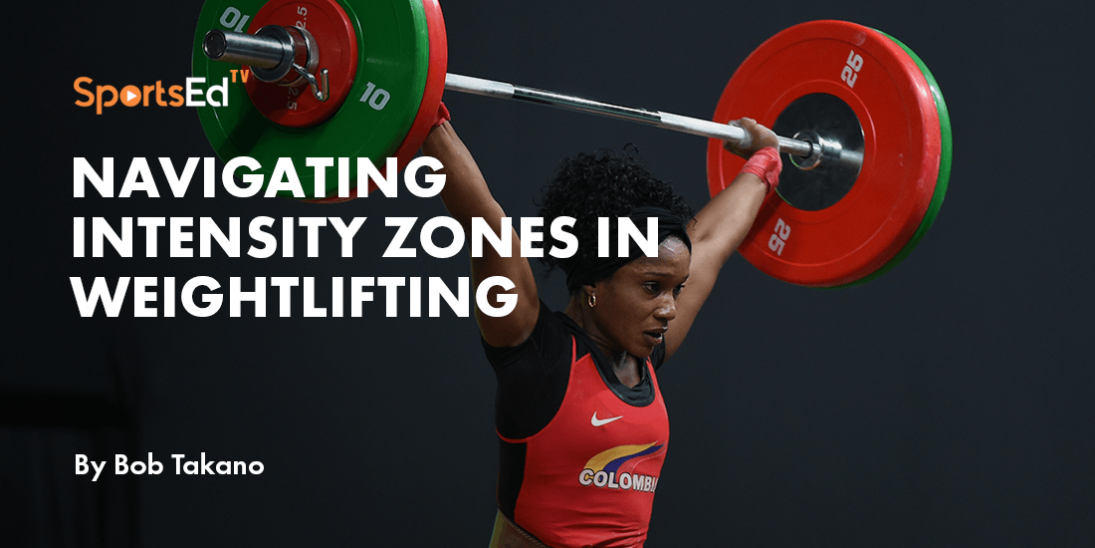Sports Psychology, Weightlifting
Welcome and thanks for visiting...

Effective Communication for Weightlifting Coaches: Key Strategies
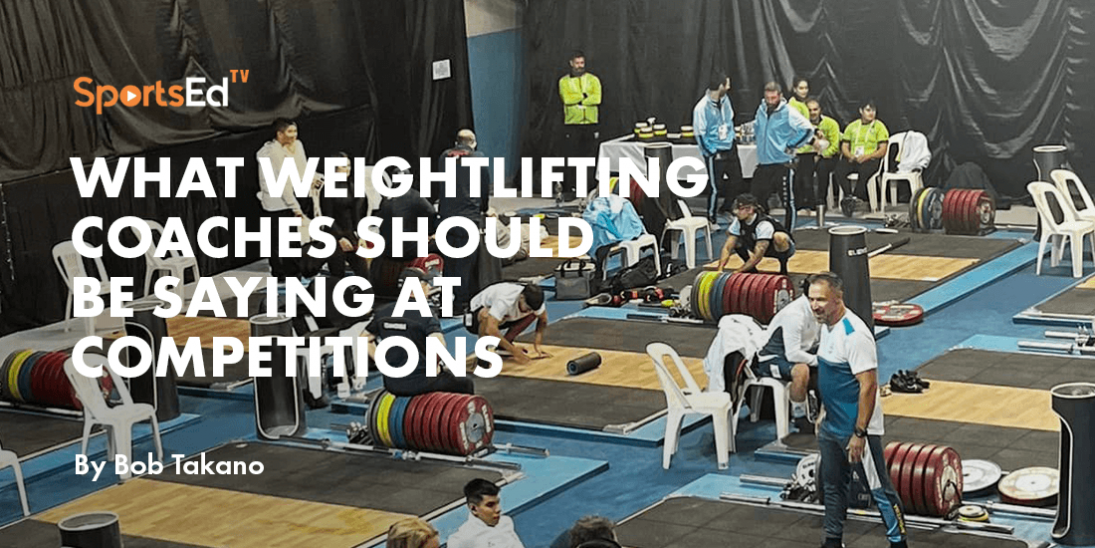
At numerous national events, I get to spend a good deal of time in the warm-up room and around the competition platforms. This gives me the chance to listen in on a lot of chatter that took place between coaches and their athletes in the heat of battle. All too much of it was inappropriate and not beneficial to the task at hand. Newer coaches should realize that the task they are taking on is to elicit the best performance possible, not to deal with presumed self-esteem issues.
Optimizing Athlete Performance Through Focused Coaching
All too many times, I saw athletes come off the competition platform after a miss or a poorly made success on a 1st or 2nd attempt, and all that came out of the coach’s mouth were platitudes. It was clear that the coach had no strategy or tactic in mind. Cheerleading and shouting encouragement presumes that the athlete lacks the confidence to make the lift. In a way, it is insulting to presume that your athlete is incapable of self-arousal. You want to be coaching the competitive, aggressive athlete. If you’ve done your coaching job properly, your athlete will be ready to put forth the best effort on the competition platform.
Strategic Guidance for Critical Moments in Competition
For those needing a little direction here, I’ll lay out some suggestions.
After the 1st Snatch
If the lift was perfect, an acknowledgment is appropriate, but don’t go over the top. You let the athlete get too excited over success, and he or she is not thinking about the next attempt, which should be the only thing on the mind. If there was a technical flaw, but the lift was a success, provide a cue to correct the flaw. More than likely, it will become worse on the next attempt, so attention should be focused on correction. You may tell your athlete what the second attempt weight will be, but he or she may not care to know. You should also have a strategy in mind for what to do until the second attempt is to be taken. If the 1st was missed, then focus on correcting the single most critical flaw. In any of these scenarios, be aware that the weight will be automatically reassigned for a repeat in the case of a miss or that a success will trigger an automatic 1 kg increase. Your job is to make any changes within the first 30 seconds after your athlete’s name is called for those weights. If there is a long wait until the second attempt, you need to have your “hold warm” strategy in mind. Get your athlete into psychological isolation.
After the 2nd Snatch
Everything in the preceding paragraph applies. Get the athlete focused on the third attempt. That is the priority….period! Your job, however, now involves the tactic of what weight to attempt on the third. The successes or failures of the 1st and 2nd attempts and the relative standings of the opposition are all factors to be considered when selecting the third attempt weight. Your mind may be racing to keep track of the situation, but you must present a composed exterior to your athlete, as anxiety can be transmitted.
After the 3rd Snatch
A great success that includes a PR or even a national record should be congratulated and recognized, but do not allow it to become a distraction. Your job is to close the psychological curtain on the snatch and refocus on the clean &; jerk. Any and all thoughts about the snatch are of no help in executing the clean &; jerk. You must have your strategy in place for how your athlete is to occupy the time between his or her final snatch and the call for the clean &; jerk.
After the 1st Clean &; Jerk
Your post-lift comments should focus on the worst technical flaw. Then cue your lifter on the weakest point of the clean. This is especially important if your lifter is following him or herself. You have little time, and so does your lifter. Cue the clean. After the lifter stands from the clean, you can cue the jerk. In any case, your job is to get your athlete to focus on the second attempt. Seek some psychological isolation if you can. This might be a good time to alert the inexperienced coach to the fact that if you have a charismatic lifter or your lifter is breaking records. You may well accumulate a posse in the warm-up room. Some are friends, parents, well-wishers, or even remoras (individuals trying to attach themselves to your lifter through the sucker disk on the top of their heads). Politely keep them away. They are distractions!
After the 2nd Clean &; Jerk
Again, focus on the worst aspect of the lift. Provide what coaching you can to correct it, then determine your strategy until the third attempt. Then cue the clean flaw before the third clean &; jerk.
After the 3rd Clean &; Jerk
Unless your athlete is lifting in the Olympics, the World Championships, or the last meet of a career, the period immediately after this lift is a good time to focus attention on the next competition. Your job as a coach is to use the energy, elation, or frustration of this competition to develop enthusiasm for the next training cycle.
Coaches, you have a function at a weightlifting meet, and it extends beyond carrying the towel and the Red Bull. You are in a management position, and you are to run the course of the competition for your athlete. If you’ve done your job well, you can be as complimentary as you like at the victory dinner.




